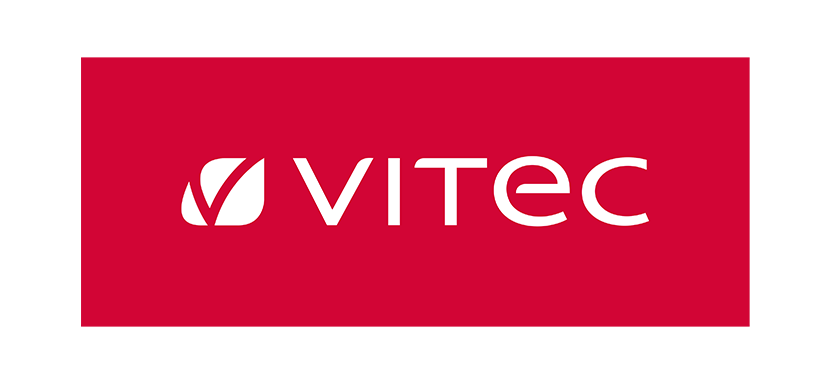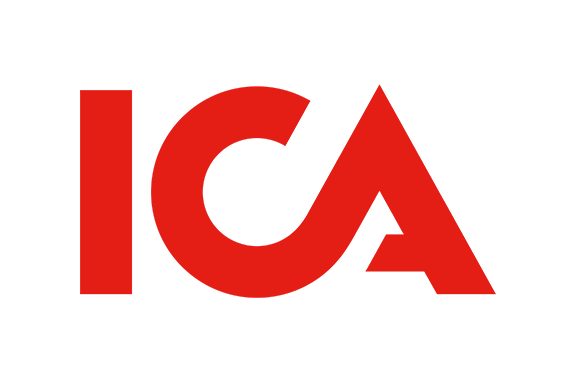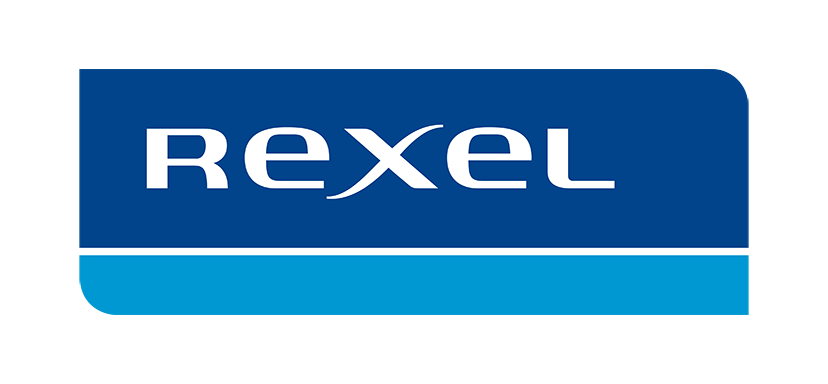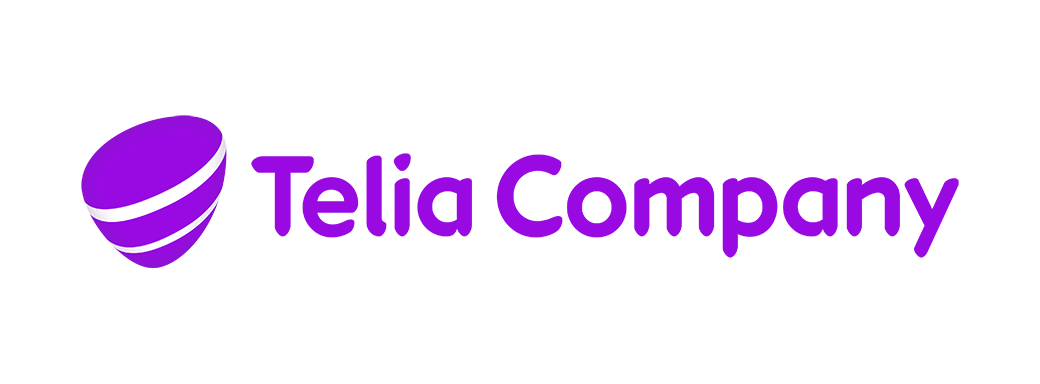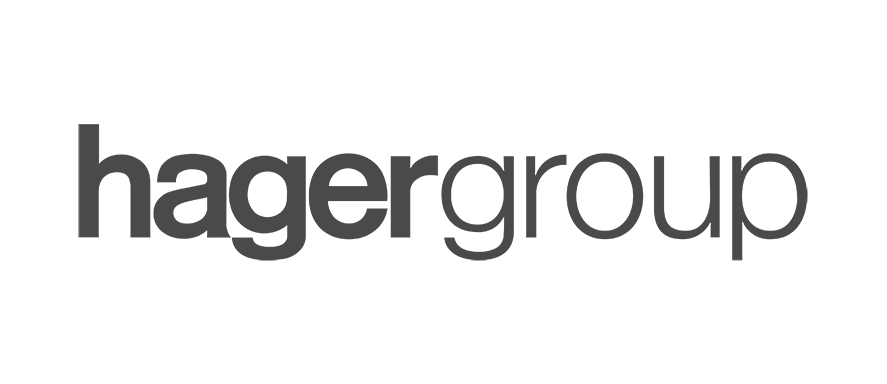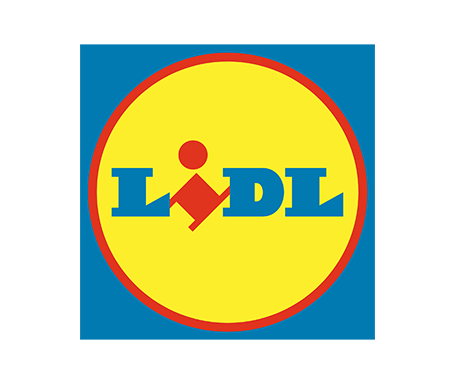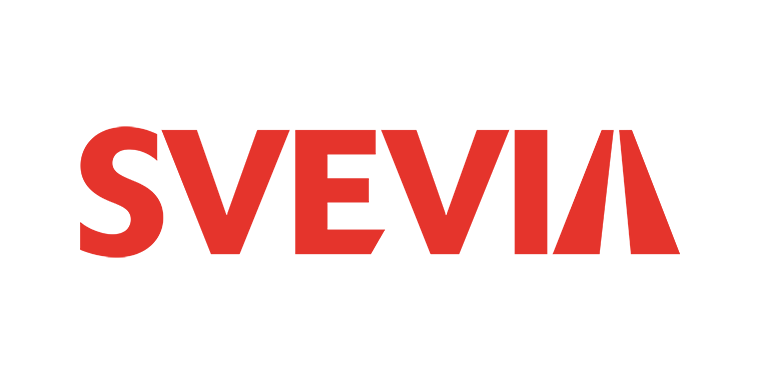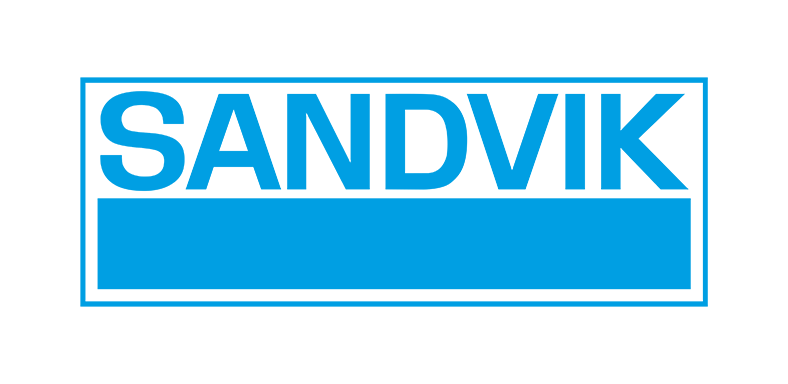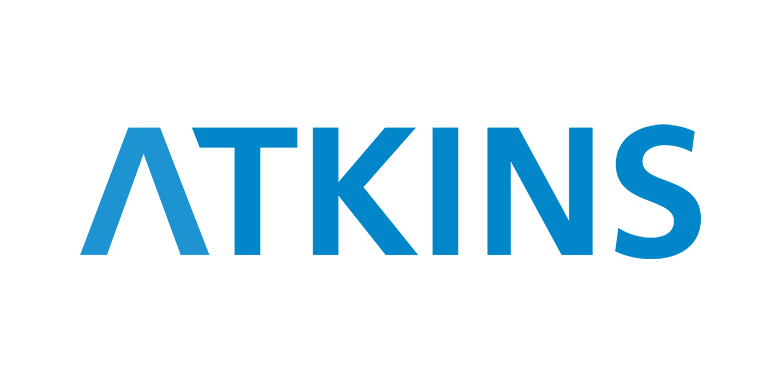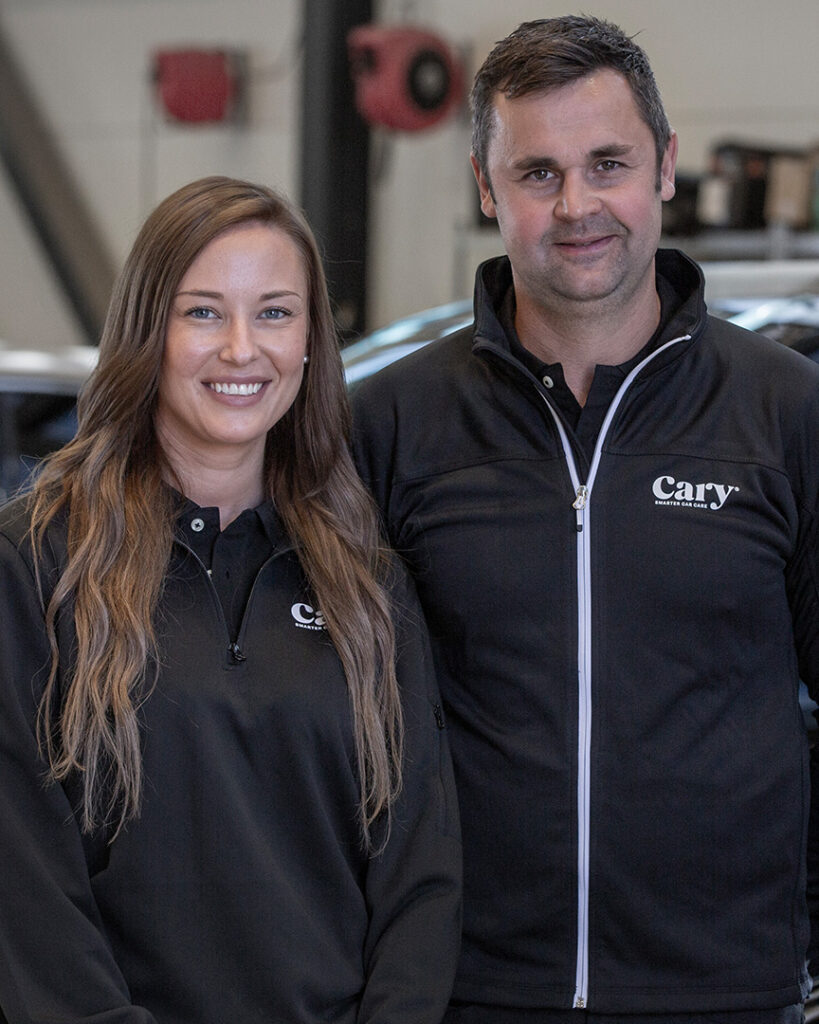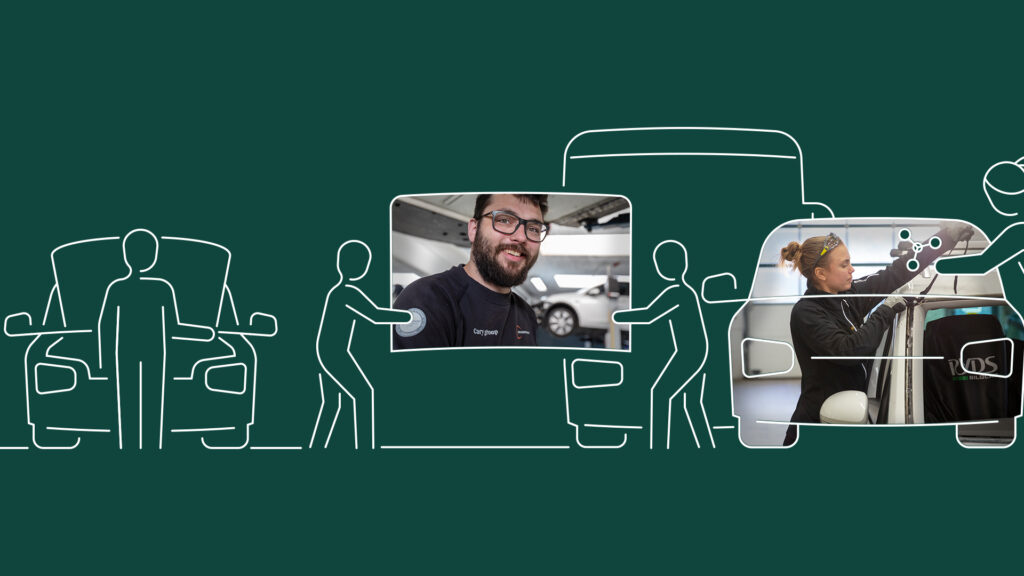Vi förenar företag och människor.
Genom kreativ kommunikation av kund- och arbetsgivarvarumärken.
Några av vår nöjda kunder
Vi engagerar dina medarbetare.
Vi har en djup förståelse för din affärsverksamhet.
Vi är experter på att skapa kreativa kommunikationsstrategier.
Vad vi hjälper våra kunder, och dig, med.
Vi hjälper dig att förmedla ett tydligt budskap, engagerar dina medarbetare och stödjer ditt företags tillväxt. Som ett erfaret och sammansvetsat team levererar vi kreativa kommunikationsstrategier som grundar sig på strategiska insikter och fokuserar på resultat. Vi är betrodda av ledande företag för att lösa komplexa utmaningar inom varumärkes- och arbetsgivarvarumärkeskommunikation, och vi förenar affärer och människor. Och här nedanför hittar du lite av vad vi gör för andra.
Några exempel på hur vi har hjälpt andra.
Vill du ha hjälp med att nå dina mål med hjälp av kommunikation? Kontakta oss idag.
Senaste blogginläggen.
En betrodd partner sedan 2009.
Byrån grundades 2009 och drivs av ett team med över tjugo års erfarenhet inom branschen. Vi specialiserar oss på att samarbeta med stora, ofta internationella företag, vilket gör att vi kan hantera komplexiteten i verksamheter i flera länder. Under de senaste åren har vi haft förmånen att arbeta med välkända kunder som Hager Group, Cary Group, Vitec Software Group och Rexel. Vi är stolta över att bygga långvariga partnerskap där varje kund känner sig värdefull och prioriterad. Läs mer om vad vi gör i våra caseexempel.
Kom förbi på en lunch!
Mat och möten, gärna med tillhörande välsmakande dryck, är ju något man gillar! Vi på Business & People gör i alla fall det. Därför ordnar vi några öppna luncher varje termin där vi möts i samtal om allt från Employer Branding och kultur till årets älgvandring och receptet på det vi har på tallriken framför oss.


